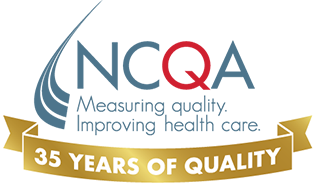Practices use the patients identified in CM 02 as the denominator for criteria in Competency B. To earn credit for each criterion, practices must document the required information for at least 75 percent of those patients. For evidence, practices must either complete the Record Review Workbook or submit a report.
- Practices that submit the Record Review Workbook must provide an example of each criterion, demonstrating how providing information is documented in the medical record.
- Practices that submit a report must provide a report with at least three months of recent data showing the number of patients who had the criterion-specific information documented in their medical record (numerator) out of the total number of patients identified in CM 02 (denominator).
